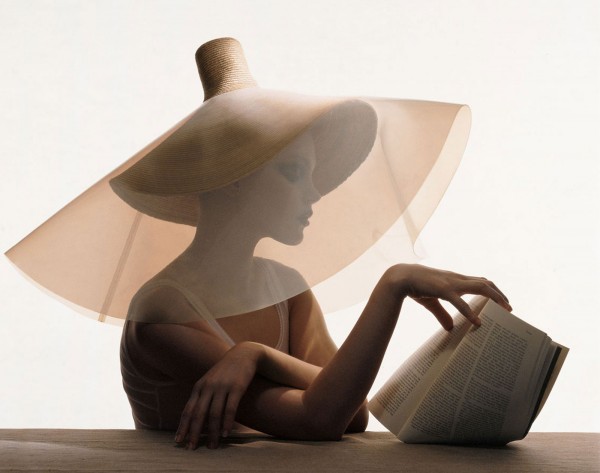
Untitled, Prostitute series (1975-77) Courtesy of Kaveh Golestan Estate
Kaveh Golestan was born in Abadan on July 8, 1950. He was a year old when his family moved to Tehran where he attended primary school. When he was thirteen, he left Iran for boarding school in England , and returned to Tehran after completing his studies in 1969.
He worked as a photographer and animator for various commercial companies in Iran between 1970-72. However, he began his professional career as a photojournalist in 1972 with his first freelance assignment, which he proposed: a photo essay about the paramilitary conflict in Northern Ireland for the daily newspaper Kayhan. During the next few years he worked for an international company Franklin Publications, which produced school textbooks for Iranian children. Kaveh provided the company with photos of children from all over the country so it could see who was reading its books.
In 1974, after receiving funding from Iran’s Institute for the Intellectual Development of Children and Young Adults, Kaveh published an educational children’s book titled “Ghalamkar” about the ancient Iranian craft of block printing onto fabric. He later worked on another educational children’s book with the Institute, “Golaab”, which featured the traditional art of extracting rosewater.
Over the following years he exhibited a number of works in various galleries in Tehran . In 1975 he had an exhibition showing the everyday lives of children at the Seyhoun Gallery, where he also exhibited a series of innovative Polaroid collages in 1976 titled “Az Div o Dad”. The collages were inspired by a few lines of a poem by Molavi (better known in the West as Rumi) that refer to “the weary search for human beings in a world inhabited by wild beasts”.
In 1977, Kaveh continiued to work as a photjournalist and began working for the newspaper “Ayandegan”, for which he compiled many reports on the lives of Iranians; subjects included labourers, prostitutes and a hospital for mentally ill children. Kaveh featured these works in an exhibition at Tehran University entitled “Roospy, Kargaar va Majnoun”, which was closed down by the authorities after a week. He reacted by making sure his photos were then displayed at an art gallery in full view of Iran’s Empress Farah a few weeks later, which led her to remark that he had a “very dark view of life”.
Kaveh’s wide-ranging work documenting the Islamic revolution of 1979 featured in such publications as “Time” and “Tehran e Mosavar”. In 1980 he was awarded the Robert Capa Gold Medal for “superlative photography requiring exceptional courage and enterprise abroad”.
MORE.





